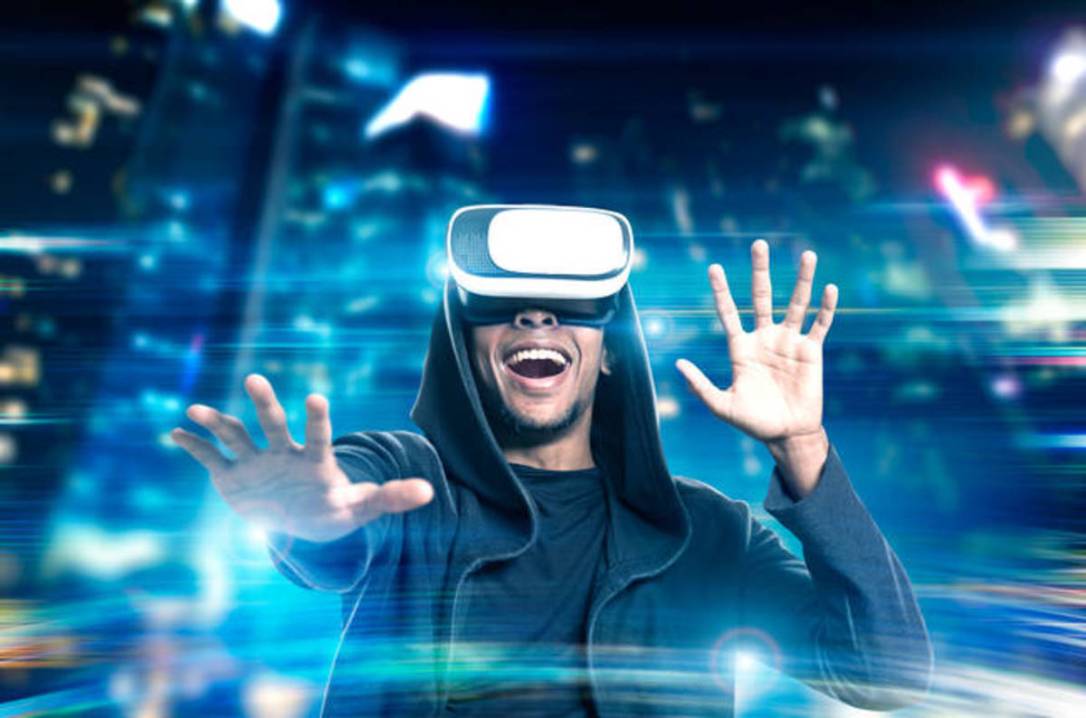
Virtual reality and augmented reality technologies has been among one of hottest topics of 2016 and 2017. The research firm, Tractica, predicts that over 200 million virtual reality (VR) headsets will be sold by 2020. Also, according to Forbes, 75% of the world’s most valuable brands have created some kind of virtual or augmented reality experience to engage with consumers.
In 1960s Morton Heilig invented the first VR Head Mounted Display (HDM). The headset provided stereoscopic 3D and wide vision with stereo sound. In the 21st century. The rise of smartphones with high-density displays and 3D graphics capabilities has enabled a generation of lightweight and practical virtual reality devices. Currently some of the most popular VR sets include:
1-Playstation VR (including Playstation VR Bundle) 2-Oculus Rift 3-HTC Vive
Beside the professional VR headsets mentioned above, two most popular smartphone-powered VR headsets in market are 1- Google Cardboard 2-Samsung Gear; Smartphone VR headsets can’t offer the full VR experience and quality of a professional VR headset but are much more affordable and give customers a taste of what the professional models offer.
Though video game industry has continued to be the main user and drive force behind the development of consumer virtual reality, but VR is now being used in a wide range of industries especially Medical, Education, Tourism and hospitality, Automotive and Fashion and retail.
Through providing immersive, impactful and memorable experiences, moving from storytelling to “storyliving” – a term coined by Google to describe VR-powered experiences and communications- VR presents marketers with a powerful tool to engage their customers.
Following are some examples of smart marketing uses of the VR technology, illustrating a range of ways VR can help brands achieve different marketing objectives:
Merrell – Trailscape
To support the launch of a new hiking boot, the Capra. Merrell created a VR experience called Trailscape that takes you on a dangerous mountain hike. Participants walk along a stage set that is mapped to the virtual experience to create a new level of immersion. The motion capture allowed adventurers to explore the mountainside, with tactile elements such as rope walkways and shaking wooden planks, making this one of the most immersive VR experience to date. Showcased at 2015 Sundance Film Festival.
The New York Times – Displaced
The New York Times has been a pioneer in Virtual Reality storytelling. In November 2015, they distributed over 1 million Google Cardboard viewers/glasses to Sunday home delivery subscribers, and produced a VR film, The Displaced, to be viewed with them. In May 2016, they distributed another 300,000: this time, to its longest tenured digital subscribers, and released another VR video, Seeking Pluto’s Frigid Heart. It provided an exhilarating way for viewers to learn about and explore the planet, almost as if they were there. Virtual reality is providing The New York Timeswith a new way of storytelling (storyliving) that keeps the old genre fresh and exciting, and captures the imagination of younger readers.
Patron – The Art of Patron
A Tequila company might not be an obvious beneficiary of a VR marketing strategy, but Patron used the power of VR to tell a compelling story around the companies product. Using a mix of live action and computer graphics they created a 360 journey following the product lifecycle from agave field to being served at a glamorous party. The entire production took six months and was developed by creative agency Firstborn, post-production agency Legend and sound design agency Antfood.
Marriott – The Teleporter
Imagine being able to transport yourself to a beach paradise whenever you wanted?
Framestore VR Studio and Relevant partnered with Marriott to create a unique teleportation experience for the public. Framestore VR Studio writes that it’s, “A Revolutionary 4D Tourism experience for Marriott Hotels, that teleports you first to a Marriott Hotel and then to the beach in Hawaii.” Inside a telephone booth-like structure, they used Oculus Rifts, heaters, and wind jets to take users on a trip to Hawaii and London. Whilst it’s not quite the same as actually being there, it might help you decide on your future trips.
Immersive VR – Apollo 11 Mission
The Apollo 11 Mission was the iconic mission in 1969 that landed Earth’s first human on the moon. Immersive VR Education decided to educate enthusiasts to re-create this event in virtual reality under the same name. The result is the best history lesson since Crash Course decide to start their amazing YouTube series. The project started on Kickstarter and has now published the final result to its backers.
Disney – Star Wars
Disney released a 360 VR fly through experience of one of the locations in the new upcoming Star Wars movie. In it you feel like you are inside one of the speeders during an epic battle. This content was also released using Facebook’s new 360 videos feature, which although not technically a VR experience allowed them to reach a wider audience.
Paul McCartney – Live Concert
Jaunt produced a 360 Video Recording of Sir Paul McCartney’s performance at Candlestick Park. You can download the app on iOS or Android to experience the event (spot the 360 camera rig in the right corner of the picture).
It was a brief review of different ways brands and marketers can use virtual reality to attract and engage their customers. Through providing highly immersive and engaging experiences, Virtual reality can get us experience a new higher level of storytelling, i.e. “storyliving”. And it has just started.
To find out more about different applications of VR in different industries check out the here.